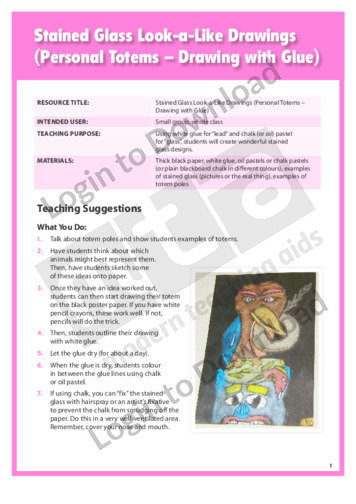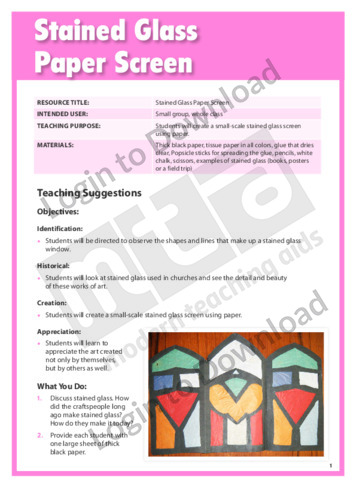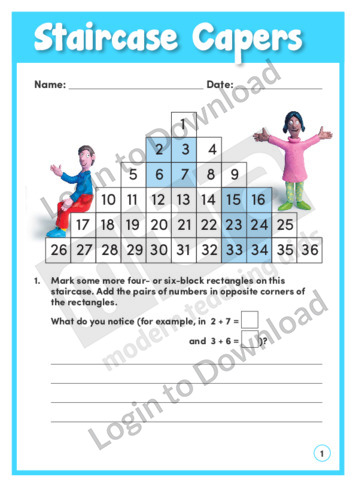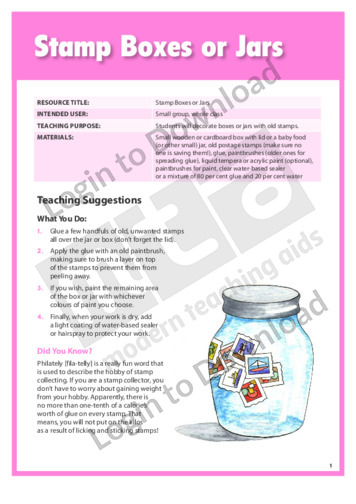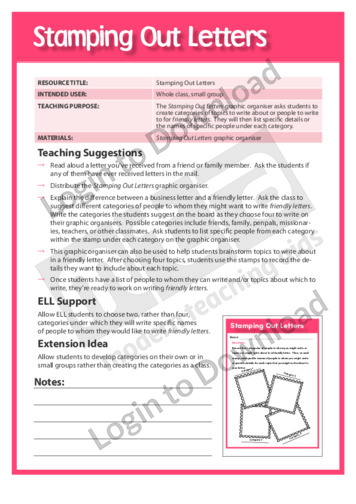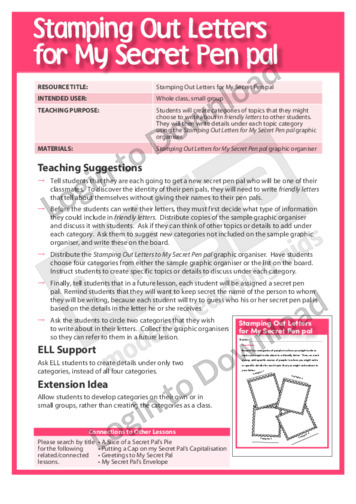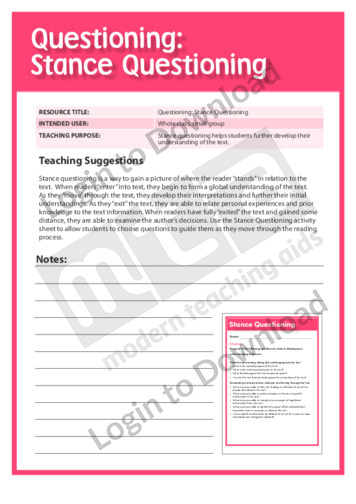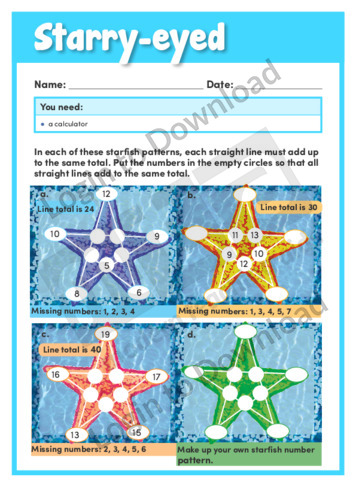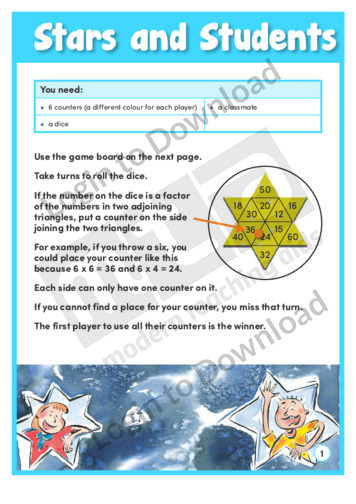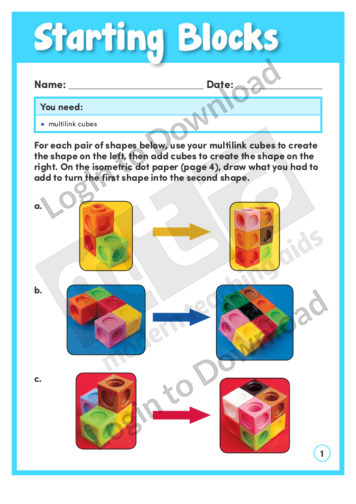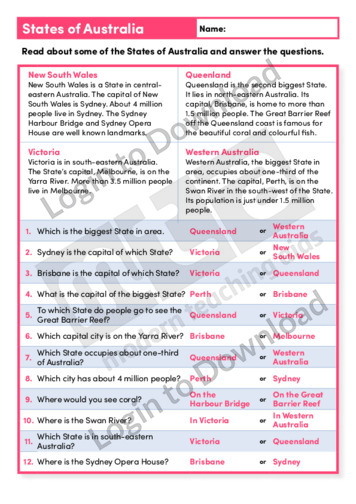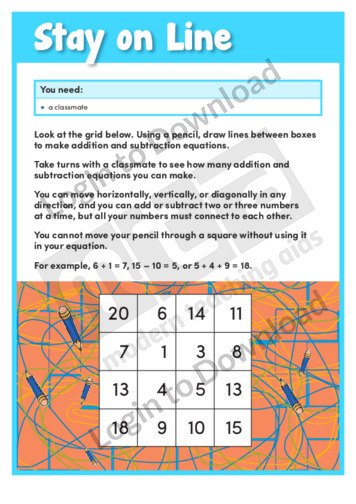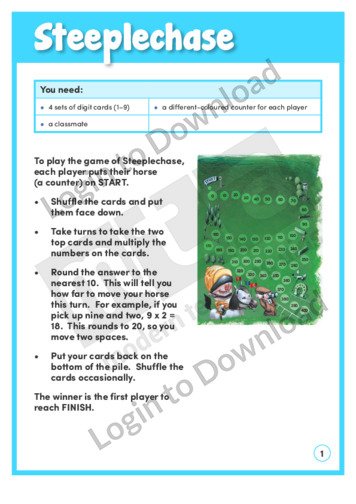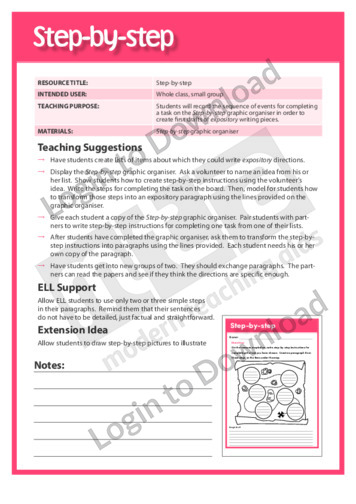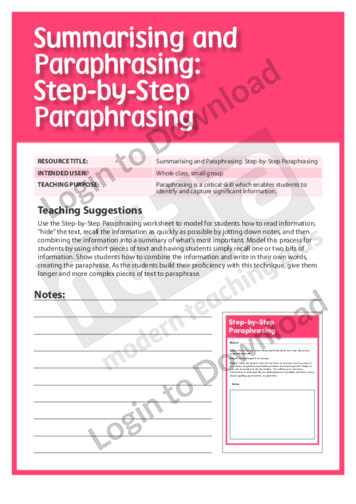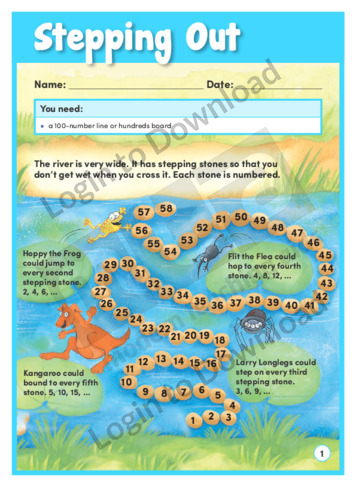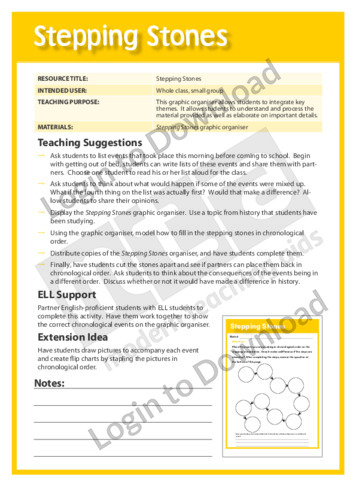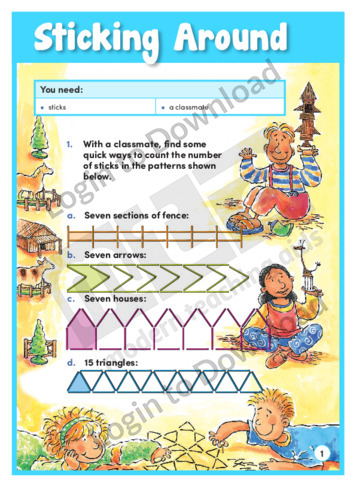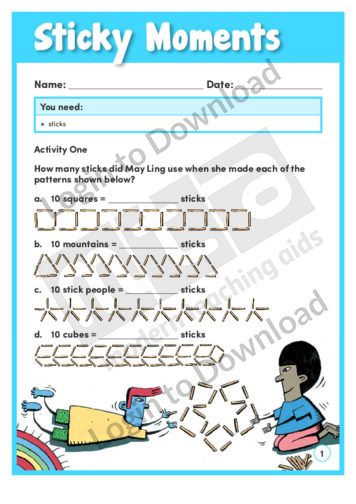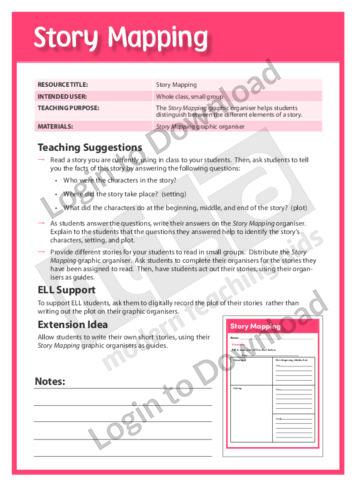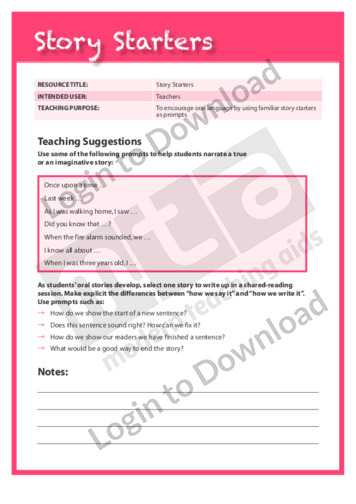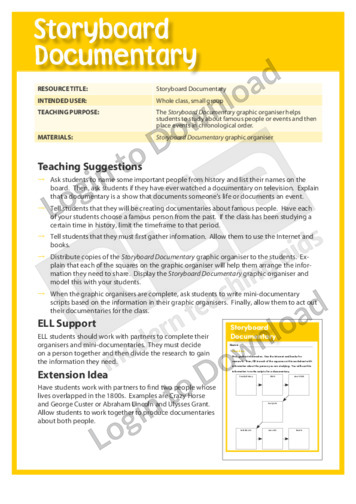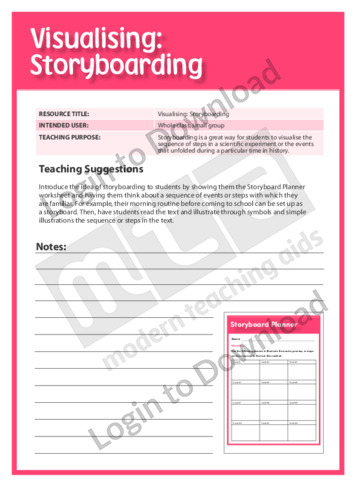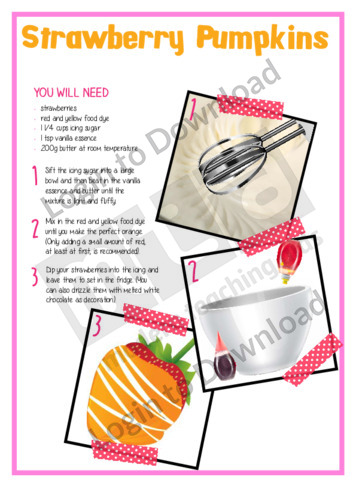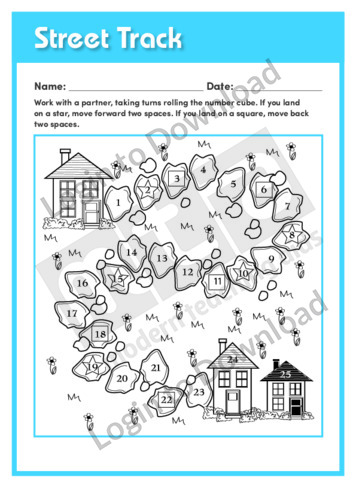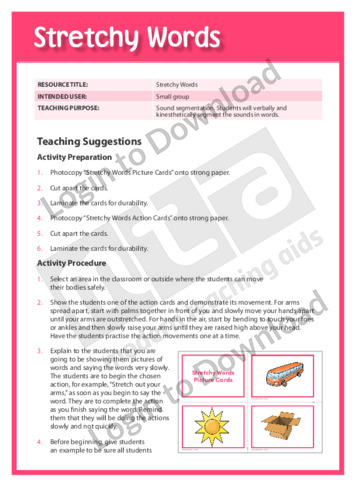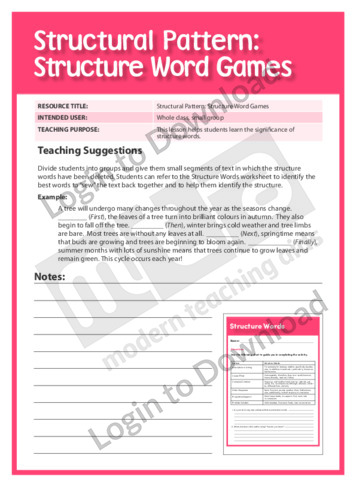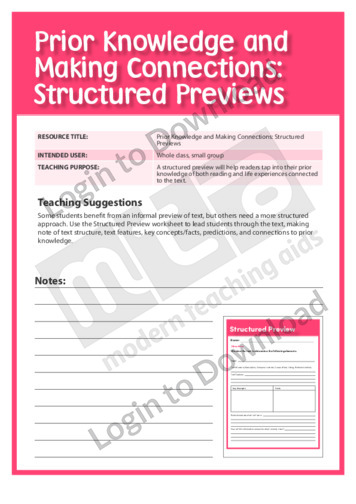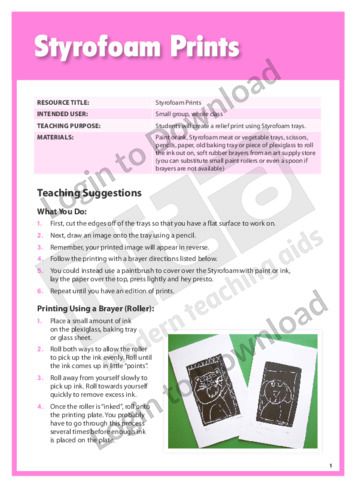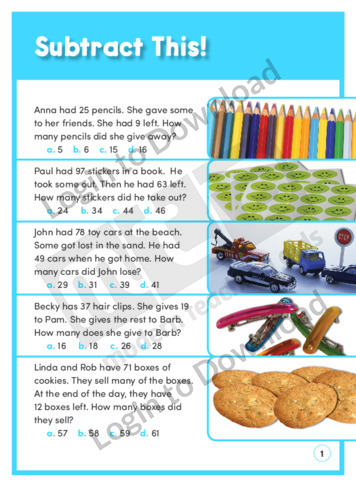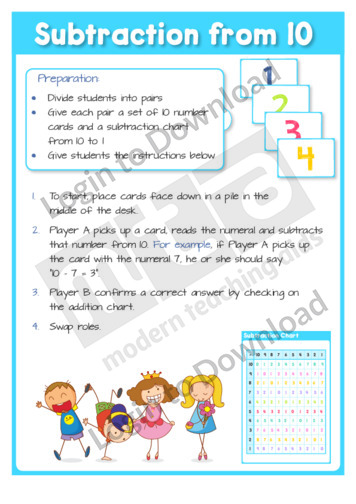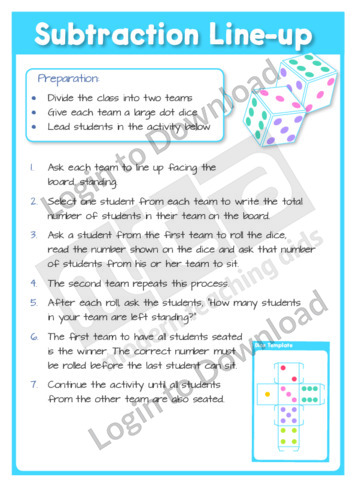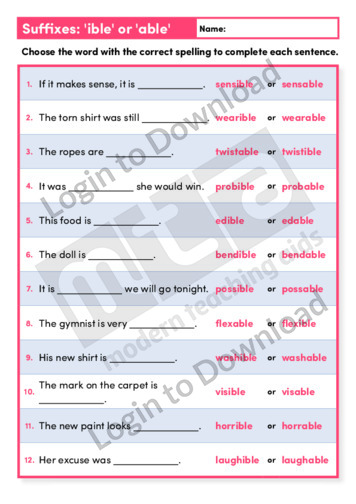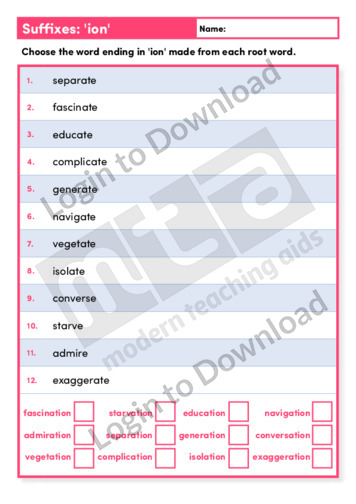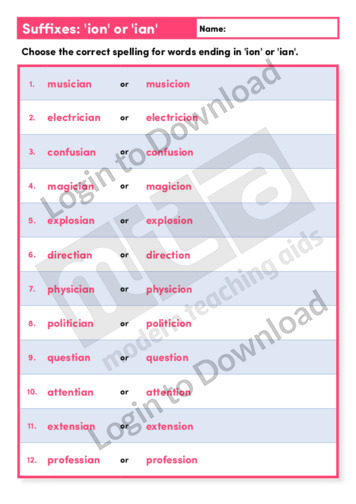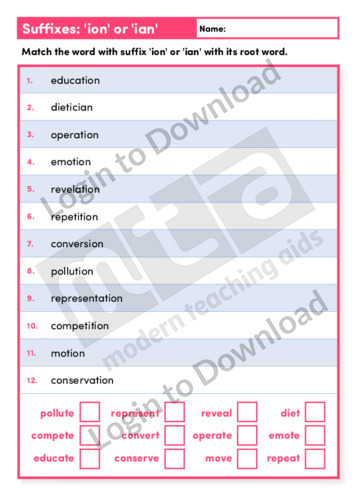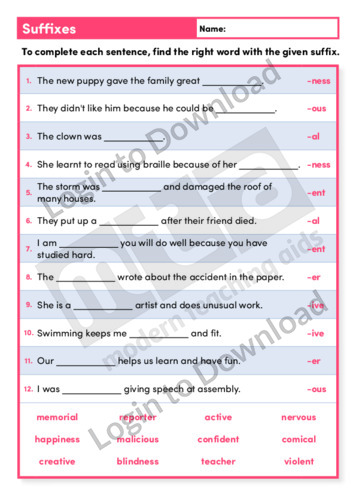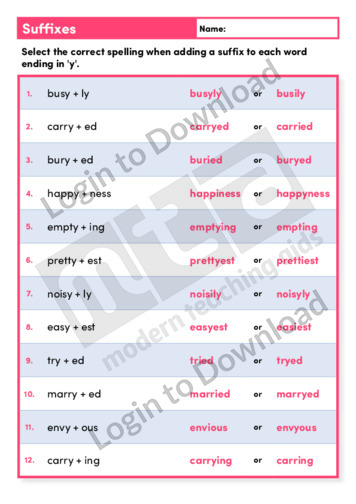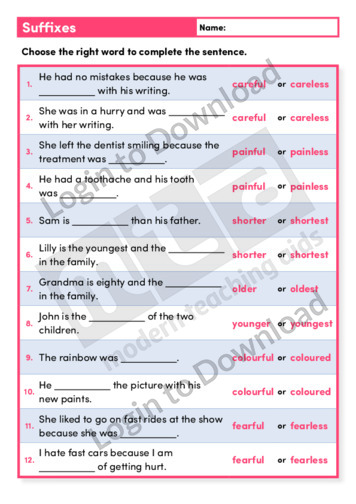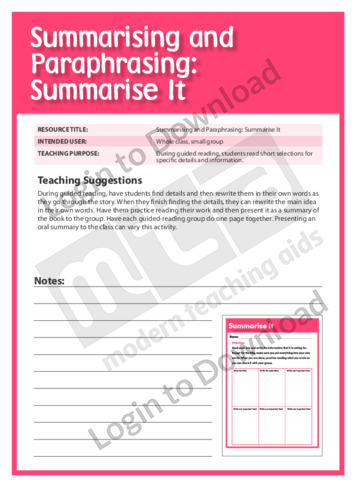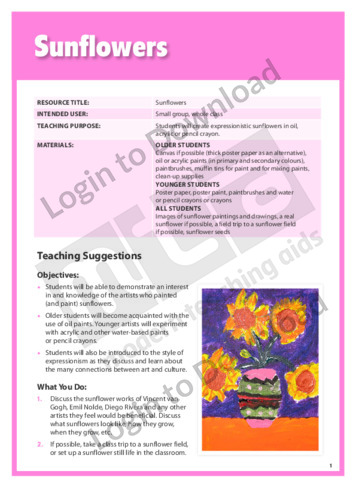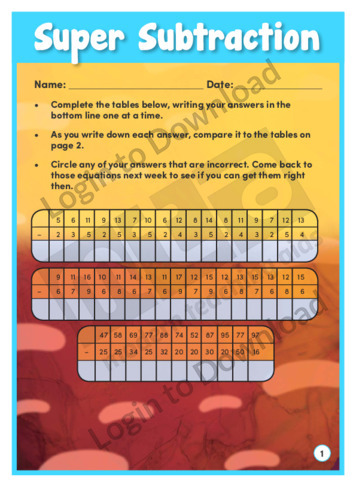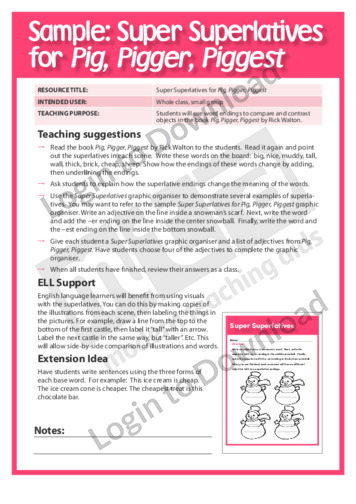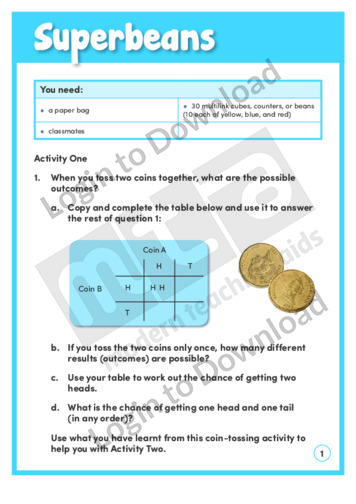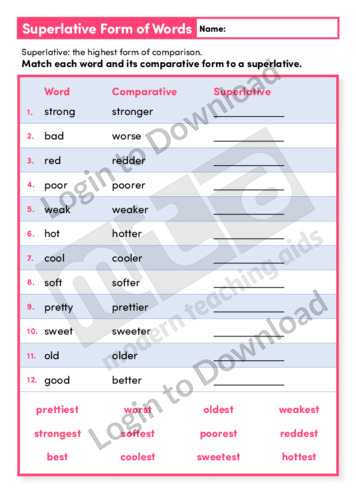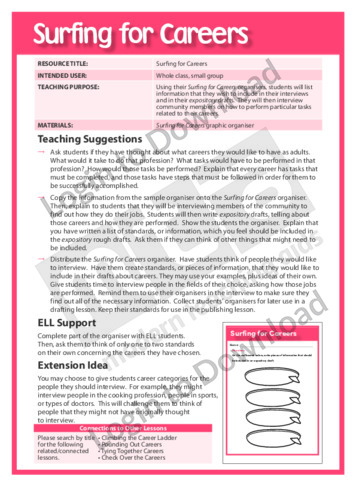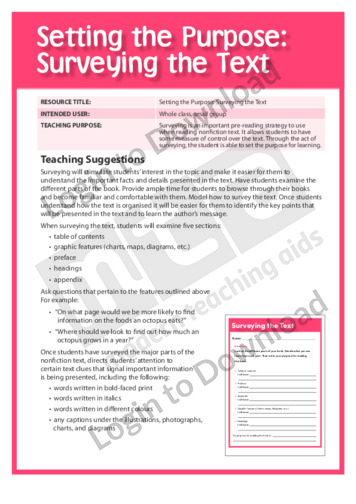This art project ‘Stained Glass Look-a-Like Drawings’ enables students to create personal totems. It is aimed at developing students’ awareness of basic artistic procedures. It provides a list of materials, easy-to-follow step-by-step art instructions and a list of recommended art books.
This art project ‘Stained Glass Paper Screen’ enables students to create stained glass screens using paper. It is aimed at developing students’ awareness of basic artistic procedures. It provides a list of materials, easy-to-follow step-by-step art instructions and a list of recommended art books.
The activity, ‘Staircase Capers’ challenges students to find patterns in numbers that have been arranged in different shapes. After working on these examples, students may be interested in finding further examples in other contexts, for example, the numbers on a calendar. An answer sheet is provided and includes teaching notes with suggestions for supporting learning …More
This art project ‘Stamp Boxes or Jars’ enables students to decorate boxes or jars with old stamps. It is aimed at developing students’ awareness of basic artistic procedures. It provides a list of materials, easy-to-follow step-by-step art instructions, a brief explanation about philately and a list of recommended art books.
This graphic organiser, ‘Stamping Out Letters’ supports students in planning writing using prewriting strategies to categorise information.
This graphic organiser, ‘Stamping Out Letters for My Secret Pen Pal’ supports students in planning letter writing using prewriting strategies to categorise information.
The learning activity, ‘Starry-eyed’ has four number patterns for students to solve. The starfish shapes have lines and spaces, with some spaces already filled: students use calculations to complete the number lines on all the starfish. An answer sheet is provided and includes accompanying teaching notes with suggestions for using different strategies to solve the …More
This learning activity, ‘Stars and Students’ gives students a board game in which they must use multiplication to make moves. They gain practice with basic multiplication facts in a fun way, and learn the benefits of throwing a one. An answer sheet is provided and includes accompanying teaching notes with suggestions for supporting learning and …More
This learning activity, ‘Starting Blocks’, helps to develop spatial visualisation. Students use multilink cubes to model three-dimensional shapes and then draw the shapes on the isometric dot paper. An answer sheet is provided and includes accompanying teaching notes with suggestions for supporting learning and further exploration.
This reading activity, ‘States of Australia’ provides opportunities for practice with reading about some of the States of Australia and answering the questions.
This learning activity, ‘Stay on Line’, provides a grid and instructions for a number version of the game Boggle. The game is designed for two players and encourages students to think of complex equations. The accompanying teaching notes include suggestions for supporting learning and further exploration.
As students play this learning activity game, ‘Steeplechase’, they learn to use multiplication facts as well as rounding and addition skills. The race is run by moving counters around the board as numbers are multiplied and rounded up to the nearest ten. An answer sheet is provided and includes accompanying teaching notes with suggestions for …More
This graphic organiser, ‘Step-by-Step’ asks students with to record a sequence of steps for completing a task to help structure their draft writing.
This content area reading learning activity, ‘Step-by-Step Paraphrasing,’ helps students identify and capture significant information. It is aimed at developing students’ skills in summarising by having them combine information into a summary of what’s most important.
In this engaging learning activity, ‘Stepping Out’ students use skip counting and multiplication to help animals cross a river. An answer sheet is provided and includes accompanying teaching notes with suggestions for supporting learning and further exploration.
This graphic organiser, ‘Stepping Stones’ allows students to structure key events into chronological order, looking at the possible consequences of changing the order of events.
The learning activity, ‘Sticking Around’ asks students to work with a classmate to find quick ways of counting sticks that form a variety of patterns. They are encouraged to explain the rules in each example, discussing their thinking with a classmate. An answer sheet is provided and includes accompanying teaching notes with suggestions for supporting …More
This learning activity, ‘Sticky Moments’, encourages students to build various stick patterns and look for systematic counting strategies to work out the total number of sticks in each pattern. An answer sheet is provided and includes teaching notes with suggestions for supporting learning and further exploration.
In this learning activity, ‘Stockpot Power’ students use multiplication to help three children work out how to use their magic stockpots. An answer sheet is provided and includes accompanying teaching notes with suggestions for supporting learning and further exploration.
This graphic organiser, ‘Stopping for Synonyms’ asks students to write synonyms for new vocabulary words in order to help them learn the definitions.
This graphic organiser, ‘Stories to Tell supports students in recalling and organising ideas and planning and writing personal narratives.
This graphic organiser, ‘Story Mapping’ supports students to identify different elements of a story.
This content area reading learning activity, ‘Story Maps,’ helps students retell the important characters and events from fiction stories. It is aimed at enhancing students’ comprehension of the text by having them create a visual representation of the story.
This learning activity, ‘Story Plots’, prompts students to write stories based on graphs that show the temperature on a spring day and the distance travelled on a car journey. An answer sheet is provided and includes teaching notes with suggestions for supporting learning and further exploration.
This graphic organiser, ‘Story Problem Sorting Maps’ asks students to write and sort information to show relevant and irrelevant information in story problems.
This oral language activity, ‘Story Starters’ supports language development by encouraging students to use familiar story starters as prompts for storytelling. It is aimed at developing students’ awareness of true and imaginative stories through a fun storytelling activity.
This graphic organiser, ‘Storyboard Documentary’ helps students to study about famous people or events and then place events in chronological order.
This content area reading learning activity, ‘Storyboarding,’ helps students visualise a sequence of steps or events. It has students read a text and illustrate through symbols and simple illustrations the sequence or steps in the text.
This learning activity, ‘Strawberry Pumpkins’ provides step-by-step instructions for students to follow in the classroom or at home. This resource gives students the opportunity to get involved in a fun Thanksgiving activity by coating strawberries in orange icing to make them look like pumpkins.
This patterns learning activity, ‘Street Track’ asks students to practise counting by twos.
This phonemic awareness activity, ‘Stretchy Words’ supports language development by encouraging students to verbally and kinesthetically segment the sounds in words. It is aimed at developing students’ awareness of sound segmentation. It provides picture cards and stretchy words action cards.
This content area reading learning activity, ‘Structure Word Games,’ helps students learn the significance of structure words. It has students add structure words to a piece of text in which they have been deleted.
This content area reading learning activity, ‘Structured Previews,’ helps readers tap into their prior knowledge of both reading and life experiences connected to the text. It is aimed at helping students become aware of text structure, text features, key concepts/facts, predictions and connections to prior knowledge as they go through a text.
This art project ‘Styrofoam Prints’ enables students to create relief prints using Styrofoam trays. It is aimed at developing students’ awareness of basic artistic procedures. It provides a list of materials, easy-to-follow step-by-step art instructions, instructions on how to print using a brayer (roller) and a recommended art book.
This content area reading activity, ‘Subtract This!’ is an English based reading comprehension exercise encouraging students to practise solving a combination of word and maths problems.
This maths activity, ‘Subtraction from 10’ develops basic maths skills by encouraging students to practise subtraction as part of a game played in pairs. It includes number cards from 1-10 and a subtraction chart to be distributed to each pair.
This maths activity, ‘Subtraction Line-up’ develops basic maths skills by encouraging students to practise subtraction as part of a game played as a class. It includes a large six-sided dot dice template.
This spelling activity, ‘Suffixes ‘ible’ or ‘able” provides opportunities for practice with choosing the correctly spelt ‘ible’ or ‘able’ word to complete the sentences.
This spelling activity, ‘Suffixes ‘ible’ or ‘able” provides opportunities for practice with identifying the correct spelling of words that either end in ‘ible’ or ‘able’.
This spelling activity, ‘Suffixes ‘ion’ provides opportunities for practice with choosing the root words that match the word with ‘ion’ suffixes.
This spelling activity, ‘Suffixes ‘ion’ or ‘ian” provides opportunities for practice with identifying the correct spelling of words that either end in ‘ion’ or ‘ian’.
This spelling activity, ‘Suffixes ‘ion’ or ‘ian” provides opportunities for practice with matching the correct root words to those with the suffixes of either ‘ion’ or ‘ian’.
This spelling activity, ‘Suffixes’ provides opportunities for practice with finding the correct word for the given suffix within the sentence.
This spelling activity, ‘Suffixes’ provides opportunities for practice with finding the correct word for the given suffix within the sentence.
This spelling activity, ‘Suffixes’ provides opportunities for practice with adding suffixes to words ending in ‘y’.
This spelling activity, ‘Suffixes’ provides opportunities for practice with finding the correct word for the given suffix within the sentence.
This content area reading learning activity, ‘Summarise It!’ provides students with guidance for summarising. It is aimed at helping students with summarising by having them read for specific details and information and then rewriting it in their own words.
This reading comprehension activity, ‘Summarising’ supports language development by encouraging students to practise the comprehension strategy of summarising. Students will summarise the main ideas or events in different texts.
This content area reading learning activity, ‘Summary Cards,’ helps students record and organise important information. It is aimed at providing students with an introduction to paragraph writing.
This art project ‘Sunflowers’ enables students to create pictures of expressionistic sunflowers. It is aimed at developing students’ awareness of basic artistic procedures. It provides a list of materials, easy-to-follow step-by-step art instructions, a brief summary of three famous artists and a list of recommended art books.
This learning activity, ‘Super Subtraction’, provides a self-tester for reviewing subtraction facts. Students complete tables of equations, checking each answer as they proceed. The accompanying teaching notes include suggestions for supporting learning and further exploration.
This graphic organiser, ‘Super Superlatives’ helps students use word endings to compare objects.
This graphic organiser, ‘Super Superlatives for Pig, Pigger, Piggest’ asks students to use word endings to compare and contrast objects in the book Pig, Pigger, Piggest by Rick Walton.
This learning activity ‘Superbeans’ provides two examples of ways to investigate probability, using first two-differences (coin toss) then three-differences (coloured beans). An answer sheet is provided and includes accompanying teaching notes with suggestions for supporting learning and further exploration.
This vocabulary activity, ‘Superlative Form of Words’ supports vocabulary development by encouraging students to identify superlative forms derived from base words.
This Writing Traits activity, ‘Supporting Sentences: Identifying Main Ideas’ encourages students to identify the main idea in a paragraph.
This graphic organiser, ‘Surfing for Careers’ supports students in planning writing by identifying which information should be included in expository drafts for career interviews.
This graphic organiser, ‘Surfing for Information’ supports students in planning writing by identifying which information should be included in expository drafts.
This content area reading learning activity, ‘Surveying the Text,’ helps students set a purpose for learning. It is an important pre-reading strategy to use when reading nonfiction text and allows students to have some measure of control over the text.
It�s that easy!

